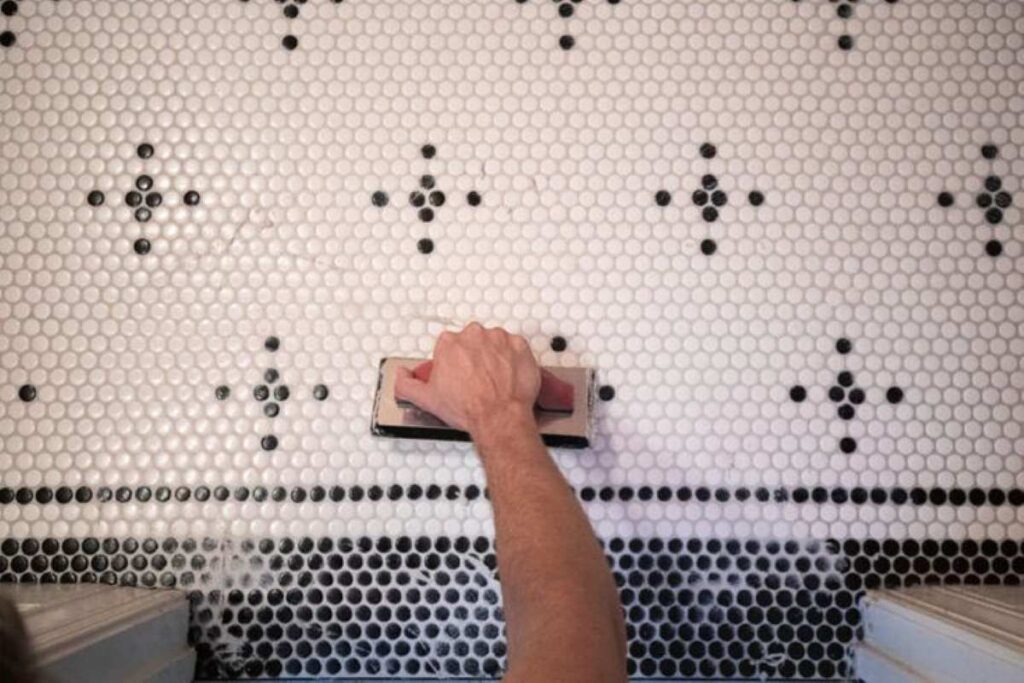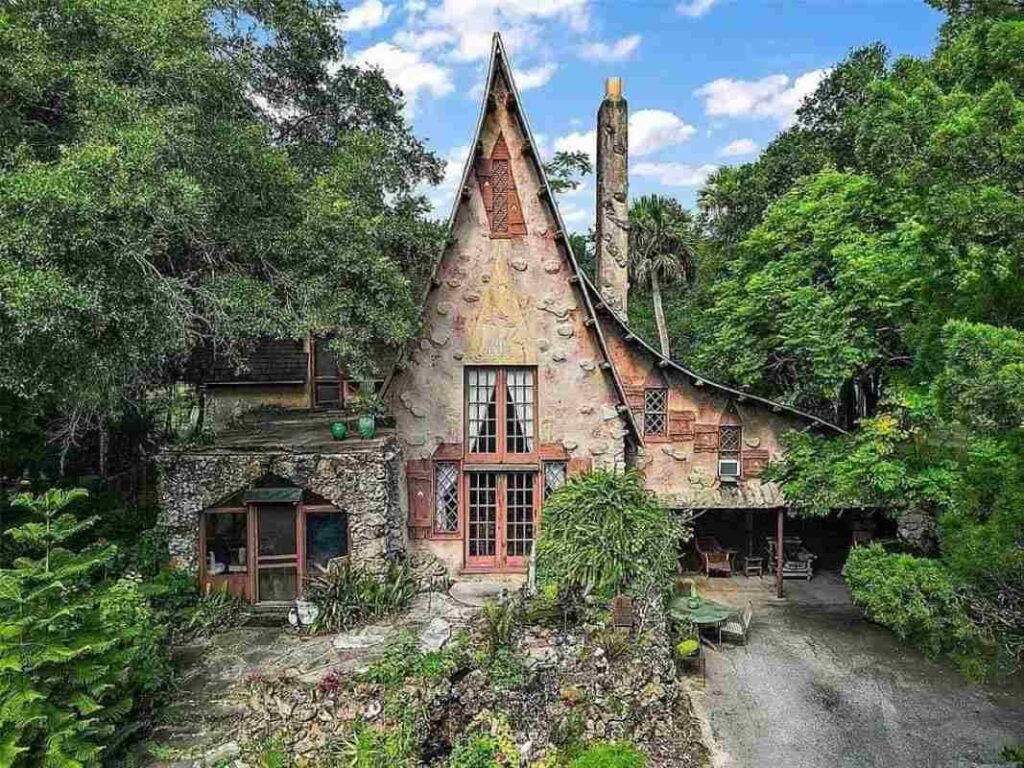When the time is finally right to purchase residential real estate, homebuyers should check for signs a house will be high-maintenance before signing the contract. Doing this will spare the prospective buyer many long-term expenses and heartache.
The cost of maintaining a property, whether in time or incurred expenses, should be considered before finalizing the purchase deal.

Of course, all houses require some form of maintenance. However, despite being satisfied with the terms of a real estate property’s sale, it is always wise to consider the long-term maintenance costs. The age of the property, design, or signature features of high-maintenance houses tend to eat more into your time and wallet than other average homes.
Now, let’s examine some telltale signs a house will be high-maintenance to help prospective buyers avoid long-term regrets.
1. Roof Condition of Exotic or Complex Building Coverings is Not Optimum
Roofs are the major shield of most buildings from the elements, and all roofs require occasional inspection and maintenance. However, a building’s roof shows signs that it will be high-maintenance if all the inspectors coming around for its repair quote huge bills, citing the roof’s complexity or uniqueness.

If the plan is to flip the property soon after and the roof condition is still manageable, it may be safe to pass on the buck. However, if the property is for long-term occupancy, looking for low-maintenance alternatives is advisable.
ALSO READ: Simple Ways To Create a Healthier Home Environment
2. Lavish Landscaping Features
The landscaping requirements of a house are also essential. If you are prospecting a property with an extensive lawn, make sure you can keep it looking sharp. Some local authorities have strict regulations about landscaping maintenance in residential areas.

Landscaping also includes features like gardens, vines, ponds, swimming pools, and hedges. Properties lavishly sprinkled with a combination of these features will have elaborate landscaping requirements. Consequently, this is another sign that a house will be highly maintained.
3. Small Tiles for In-House Finishing
Homes with small tiles on their bathroom and kitchen walls should not have conduit plumbing issues. Fixing the plumbing issues is not so much a problem as reinstalling the mosaic or penny tiles damaged during the repairs.

Building materials like tiles may seem an insignificant factor when picking a house to buy. Another thing that makes small tiles one of the signs a house will be high-maintenance is the increased surface area of grout lines. Cleaning these tile grouts will be more tasking or expensive.
4. A Lot of Natural Stones
Natural stones are another range of building materials that keep your eyes peeled during a house tour. Travertine is a common example of natural stone used to add aesthetic allure to a home. A few of these, or similar stones, are not bad, but a lot of it is a red flag. Permit us to explain why.

Natural stones are porous and easily lose their attractiveness at the instance of a minor stain. So, if you find natural use predominantly for the house’s flooring during the house tour, roll up your sleeves for some perpetual maintenance.
5. Inaccessible Service and Crawl Spaces
Homes with raised floors and crawl spaces may also be high-maintenance. Ask to see the trap door leading to the crawl space and ensure it is spacious enough for a maintenance crew.

An inaccessible crevice or crawl space could complicate electrical system repair or foundation problem correction. So, unless you are ready to tear your floor or wall crevice, housing electrical systems apart for each repair, confirm such spaces are accessible before buying.
6. High Ceilings
Houses with high ceilings can be very attractive, and some of them sport elaborate chandeliers. However, maintaining these can be very expensive. Good luck trying to change the bulbs of those drooping chandeliers or painting the high walls yourself.

In addition, energy efficiency is another potential challenge with homes with such high ceilings. Running a heating or cooling system to maintain conducive living conditions in such buildings seldom tallies with power frugality and energy efficiency.
7. Countless Number of Windows and Vents
We all know that the more daylight a house’s interior enjoys, the better for people living within it. Naturally, such houses often have a lavish number of ventilation sources. Windows, particularly when there are many, can be a real hassle to maintain. It gets even more complicated when the property is a glass house.

Location factors may also make an elaborate ventilation system ill-advised for some properties.
ALSO READ: Fall House Warming Party Ideas to Celebrate Your New Space
8. The Age of Property Suggests Its Infrastructures are Outdated
The age of the property is an essential factor to consider before settling to buy a home. Even before going for the house tour, the age of the property can tell you many things about its viability. For one, ancient structures are prone to foundation problems, particularly if they have been devoid of uplift since construction. Also, such structures may still sport cast iron plumbing.

Correlating the age of the property to the number of windows mentioned earlier can make maintenance even more complicated and expensive. For example, imagine a house with many windows of custom size; replacing them naturally costs more money.
Once more, not all potential real estate buyers show initial signs that a house will be in high maintenance. Instead, it takes someone who knows where and what to look for to identify such potential.
